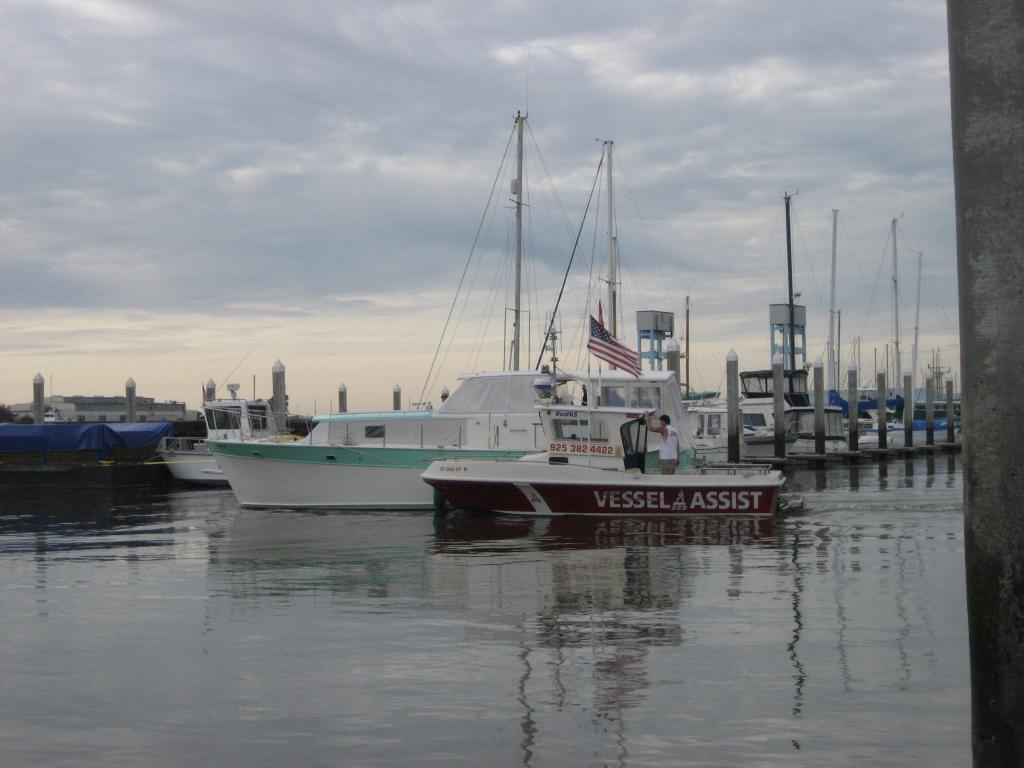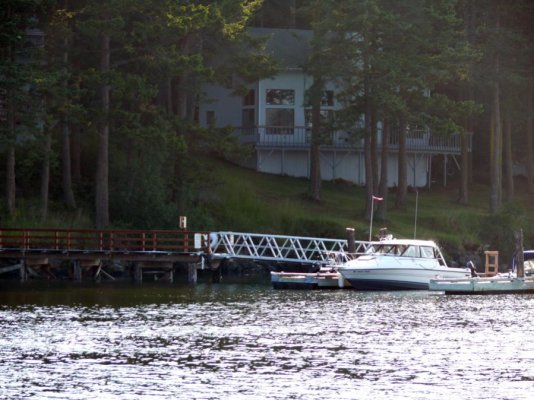Steve
Guru
I saw one of these at the New Orleans Workboat shore the Evinrude rep said they will run on diesel in an emergency but will foul up after about 30 min. this was a 30 HP on a military application.Someone needs to tweak these to run on diesel.
The first outboard engine ever available to the general public that's capable of running on multiple fuel types, including kerosene, JP-4, JP-5, JP-8, Jet A and Jet B as well as standard gasoline.
Multi-Fuel Engines Any Time. Any Place. Any Fuel. Engines | Evinrude Canada
This looks interesting:
http://www.cast-aways.com/d27.htm
Steve W
Last edited:



 Most bigger boats have a smaller faster tender.
Most bigger boats have a smaller faster tender.


